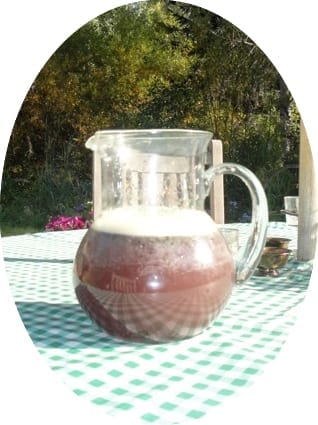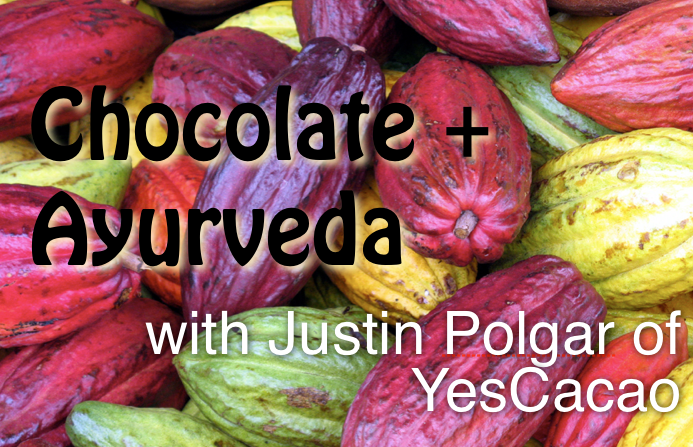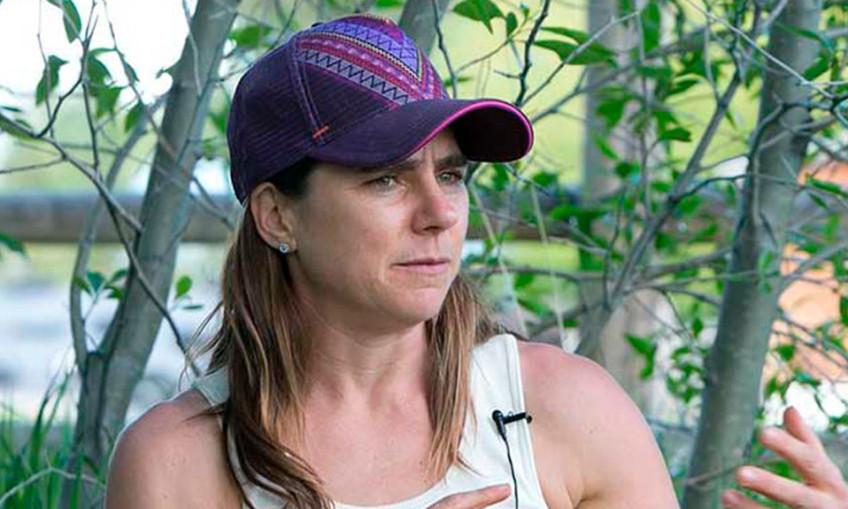Nutritional Plants – Your ecosystem wants to feed you.

Eat your Yard.
When you read about all of the free nutrients available in your ecosystem, straight from the source, with no human interaction between you and the nutrients, you start to understand the full-cycle generosity of Nature. The more you eat your ecosystem, the more your ecosystem starts to invite you into it’s abundance.
When we start foraging for local plants, native and even invasive species alike, we find a wealth of nutrients not available in our best grocery stores. Let’s zone in on the Autumn Equinox and the wild berry season in the Tetons, as an example. People around here focus on huckleberries. Granted, they are probably the sweetest edible that grows wild in our woods.
I interpret preference for sweet taste as a first sign of disease. Most people when given a wild food with a mix of sweet, sour, bitter and astringent as “yucky”. How far we’ve come from being able to distinguish nutrients from taste. Service berries(Amelanchier alnifolia) are more complex in taste than huckleberries. Complexity in taste generally gives rise to a more complex nutrient portfolio as well as more of the 6 tastes that balance the production and refinement of your dhatus (bodily tissue).
Hop on your bike and head to your favorite berry picking patch. Pick the fullest, juiciest looking berries. Leave some for the birds and bears. Try not to eat all you have collected before returning home. Savor the berries the next morning on buckwheat granola, on millet oatmeal waffles, or in a backyard smoothie!
Serviceberry Elixir Recipe
(After the Yogahealer Wild Foods Solstice Fest, my botanist friend from Hailey, Idaho, Tess O’Sullivan, started eating her ecosystem. Here are her recipes for Serviceberries.)
1/4 cup serviceberries
(more if you have an abundance)
1 can coconut water
1 bottle perrier
juice from 1 lime
- Blend coconut water and serviceberries on high. Mix and pour into your prettiest glasses.
- Substitute other wild edible berries if available (elderberry, currant).
- For less sweet berries, add pinch stevia, raw honey, or agave to sweeten.
Backyard Dandelion Smoothie Recipe
1/4 cup serviceberries
1 apple
dandelion greens (handful or s0)
fireweed or nettle – remove stems (since fireweed is a weed, it comes back!)
handful orach – like spinach (the easiest thing I have ever tried to grow in my not super successful high altitude shady garden)
1 Tbs. raw local honey
- Cover with water. blend. Drink a quart by noon.
Service berries are super high in dietary fiber, and they gel smoothies right up. If you use a lot of service berries, add more water. Nutritionally, service berries are high in B2 (riboflavin) and biotin,and the essential minerals, iron and manganese. They are super high in polyphenol antioxidants. And you know antioxidants make everything cellular more pranically available.
Autumn Berries and Your Agni
I’m also finding wild currants in abundance.
If you keep eating sweet (wheat, meat, sugar, dairy, sweet fruits) and salty tastes in excess, you’re sure to get a little out -of-whack around the Equinox.
Plant Fruit Trees & Berry Bushes
Indy and I are off to the local nursery. I”m buying choke cherries, service berries, currants and other local fruit trees. I want my kid to eat local fruit that can grow in her yard, naturally. You’ll gain the plants immune system as your own and be resilient to allergens and seasonal flus. Create a new Autumn Equinox tradition of planting a local, wild fruit tree in your yard!


















Comments
No comments yet, be the first to comment